Mike Gold: The Dimension of Mind
The so-called Golden Age of Television, with its two and one-half channels of network programming, produced an astonishing number of great writers, directors and talent. To name but a very, very few: Barbara Bel Geddes, Paddy Chayefsky, George Roy Hill, Ron Howard, Ernest Kinoy, Jack Lemmon, Sidney Lumet, Paul Newman, Robert Redford, Boris Sagal, Rod Serling, Rod Steiger, Gore Vidal, Joanne Woodward… my fingers won’t hold out long enough to type even a “best-of” list.
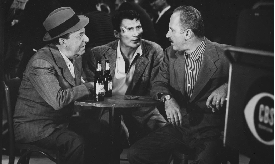 You’ll never guess which of the above pioneers is my favorite.
You’ll never guess which of the above pioneers is my favorite.
When Scottish engineer John Logie Baird first demonstrated television in January 1926 (six years before Philo Farnsworth demonstrated the first electronic television), Rod Serling was just a few days over one year old. Baby boomers think we grew up with television; Mr. Serling actually has that honor. And he did a lot more with the medium than we would.
His worldview was clearly progressive; his 1950s work was not the one for which the Conservative movement longed so desperately. His scripts reflected his philosophy and he was left-of-center, but somehow he avoided being blacklisted. To Serling, his great enemy was censorship. “I’ve found censorship always begins with the network. Then it spreads to the advertising agency. Then the sponsor. Among them, when they get through, there isn’t very much left.”
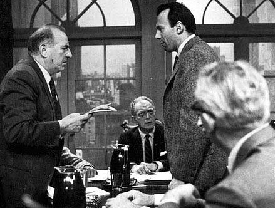 Rod Serling wrote about, and wrote to, the human condition. Most of us are familiar with his creation The Twilight Zone, a high-water mark in the history of the medium. But I urge you to seek out a few of his previous works, in particular Patterns and Requiem For A Heavyweight. Both were originally done on live television, and each was so successful that theatrical movies were produced later – and both movie versions were written – rewritten – by Serling. Patterns was so successful that the broadcast was restaged live with the original cast about a month later. Remember, Ampex didn’t start marketing video tape recorders until 1956, a year after Patterns was broadcast.
Rod Serling wrote about, and wrote to, the human condition. Most of us are familiar with his creation The Twilight Zone, a high-water mark in the history of the medium. But I urge you to seek out a few of his previous works, in particular Patterns and Requiem For A Heavyweight. Both were originally done on live television, and each was so successful that theatrical movies were produced later – and both movie versions were written – rewritten – by Serling. Patterns was so successful that the broadcast was restaged live with the original cast about a month later. Remember, Ampex didn’t start marketing video tape recorders until 1956, a year after Patterns was broadcast.
Both plays are about the human condition, sans science fiction and fantasy elements. Patterns is about the ousting of a long-time big business executive who fights being phased out due to his age. Requiem is about an aging boxer no longer fit for the ring and his fight to maintain some sense of dignity while trying to cover the rent. Jack Palance starts in the latter (Tony Quinn starred in the film version) and Everett Slone starred in both versions of Patterns. Slone is best known for his work with Orson Welles in Citizen Kane, The Lady from Shanghai and Journey Into Fear; he also was a regular on Welles’ The Shadow and his Mercury Theater radio productions.
I prefer the original video versions because they were initially written for that medium and because live television, particularly in the 1950s, had the ambiance of “holy crap; that guy just tripped over the microphone cable.” The original versions of both plays are available on DVD, or, better still, the three-disk version of Criterion’s The Golden Age of Television.
Many consider Serling’s The Twilight Zone to be the epitome of great television writing. I concur, but it must be noted Rod brought in a hell of a lot of first-class talent to help him turn out those 156 episodes. Serling wrote 80 and the rest were scripted by folks like Charles Beaumont, Ray Bradbury, Earl Hamner Jr., George Clayton Johnson, Richard Matheson, and Reginald Rose. The shadow cast by Twilight Zone is so deep and rich that it tends to overwhelm Serling’s other achievements.
I know there’s more worthy programming on the boob tube these days than any non-shut-in can handle, but when you can arrange for a free second or two, check out the original versions of Patterns and Requiem For A Heavyweight.


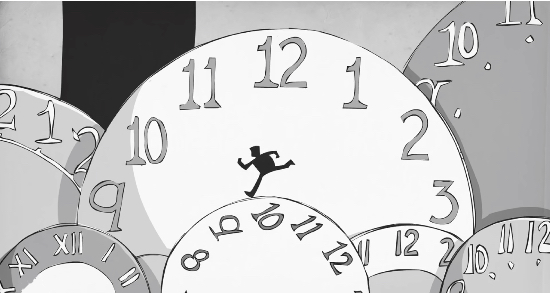


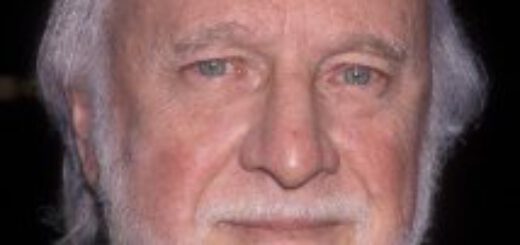
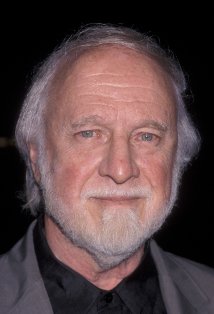
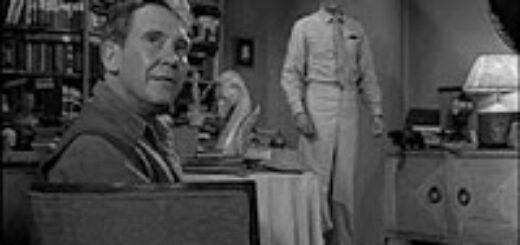
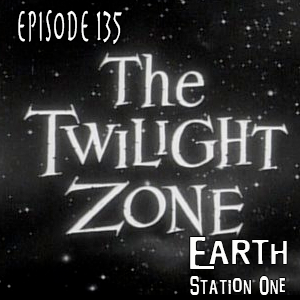
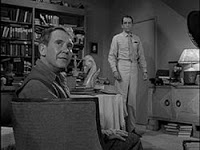
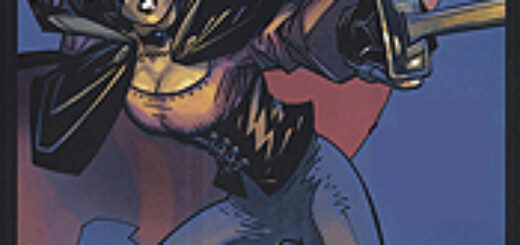
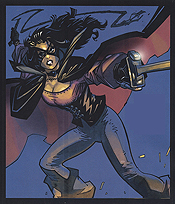

 Actor Kevin McCarthy, made famous by his role of Dr. Miles Bennell in Invasion of the Body Snatchers, passed away this past Saturday in Cape Cod; he was 96 years old.
Actor Kevin McCarthy, made famous by his role of Dr. Miles Bennell in Invasion of the Body Snatchers, passed away this past Saturday in Cape Cod; he was 96 years old.  On this day in 1959, Rod Serling and CBS introduced us to a fifth dimension, beyond that which is known to man. It is a
On this day in 1959, Rod Serling and CBS introduced us to a fifth dimension, beyond that which is known to man. It is a All eyes are on what J.J. Abrams and his team have done to reinvigorate public interest in
All eyes are on what J.J. Abrams and his team have done to reinvigorate public interest in  Earlier this year, publisher
Earlier this year, publisher 








